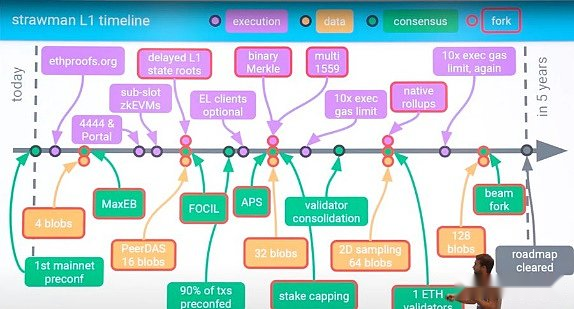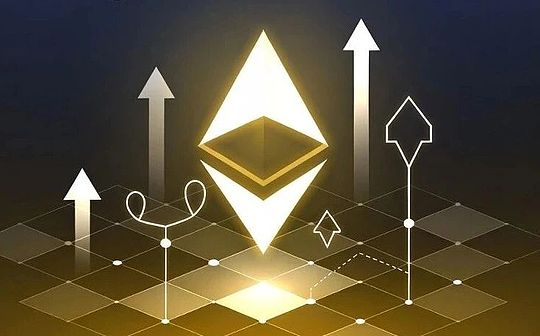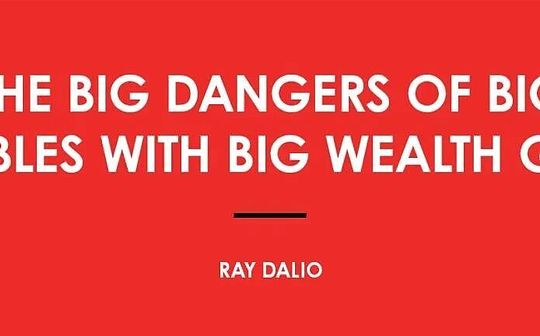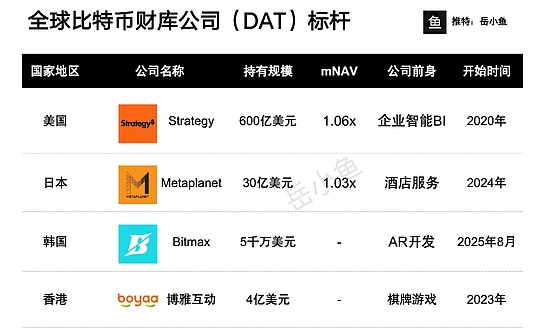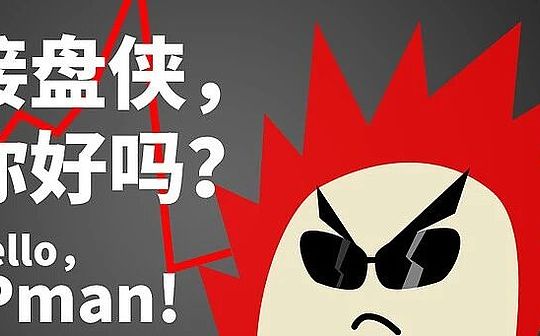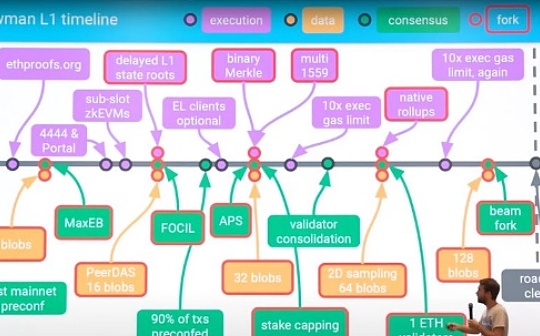
Author: Jarrod Watts, Abstract Developer Relations Engineer; Author: Bitchain Vision xiaozou
Beam Chain is the most important announcement of the Devcon Summit, introducing nine major upgrades to Ethereum.But most people don’t understand these upgrades very well, and this article will help you better understand these 9 upgrades.
Beam Chain is Justin Drake’s redesign of the Ethereum Consensus Layer (CL) proposal.Before delving into the specific upgrade, let’s take a brief look at what the Ethereum consensus layer is actually.
Each Ethereum node runs two components: the execution client and the consensus client.
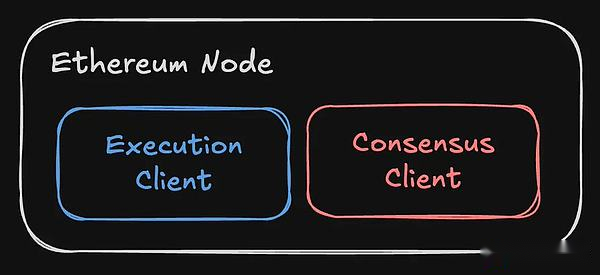
The consensus client is used by nodes to “consent” what the next block in the blockchain is.You can stake 32 ETH to add a third component – a validator (verifier/user), and propose new blocks through the proof-of-stake algorithm to get rewards.
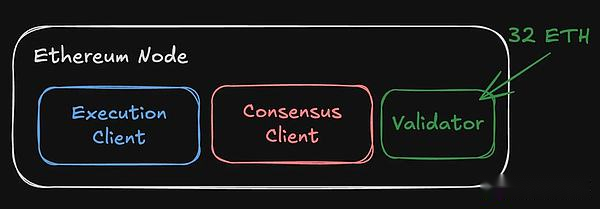
So why does the Ethereum consensus layer need to be redesigned?
There are several problems with CL at present:
-
It has been around for 5 years – facing technical debt and not using the latest innovative technologies such as ZK proof.
-
This is an opportunity to perform an upgrade and clean up Ethereum technology debt.
These 9 upgrades can be divided into 3 categories:
1/block production
2/Pledge
3/Encryption
Next, I will summarize each upgrade.
Upgrade 1: Resistance to censorship
Current block production is very concentrated.The two major block builders—Beaver Build and Titan Build—have almost all Ethereum blocks:
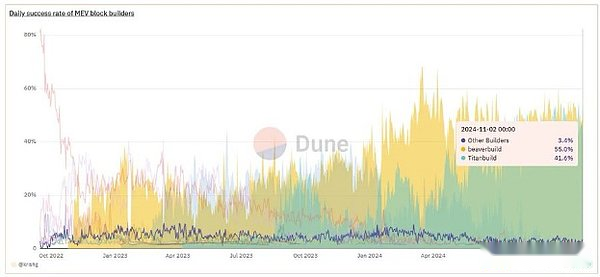
These builders create blocks in such a way that maximize their profits in the form of MEVs; including, excluding, or reordering transactions in the blocks they produce.
Today, if your transaction is not conducive to these two block builders, they may choose to exclude your transaction from the block and review your transaction.
This upgrade proposed in EIP-7805 increases the censorship resistance of Ethereum by allowing validators to select transactions from the memory pool and force them to include by including lists (ILs), and builders must follow the rules to get themBlocks are included by the network.
In the Beam Chain upgrade, 16 validators of each slot will build a list of transactions that must be included by the block builder, which means that the block builder no longer has the ability to censor transactions.
Upgrade 2: Quarantine Verification
Attester Proposer Separation (APS) will separate witnesses and proposals, such as performing auctions.
While validators can build transaction blocks themselves, most validators use so-called “MEV boost” to hand over the block build to others (usually Beaver Builder or Titan build), which pays the validator for the fee.
These two parties are called:
-Witness (verifier)
-Proposaler (block builder)
Nowadays, the two are separated – that is, the validator accepts blocks from the proposer, however, it is concentrated through a trusted intermediate relayer (repeater).
Relayers like Flashbots act as “middleman” to facilitate transactions between validators who want to sell blocks and block builders who want to create profitable blocks.
APS is an upgrade: adding or “embedding” this separation between validators and proposers into Ethereum in a decentralized manner; reducing the risk of centralization of relayers such as Flashbots.
One way to achieve this separation is to execute an auction; a system where anyone can buy tickets, giving them a chance to win the right to create future blocks.
Upgrade 3: Faster slots
On Beam Chain, slots will change from 12 seconds to 4 seconds.
Slots refers to the period when a validator can propose a new block and get the consent of other validators.
Faster slots mean faster transaction finality and higher transaction throughput.
Upgrade 4: Smarter issuance (such as staking cap)
The issuance curve refers to how new ETH is created and distributed over time.
at present:
-ETH will be issued as a reward to the validator on each epoch (about 6 minutes).
-ETH is burned as part of each transaction.
According to network activity, ETH circulates between inflation and deflation.For example, in a certain hour, you can see that ETH is inflated because the issuance of ETH rewards burn more than in the transaction:
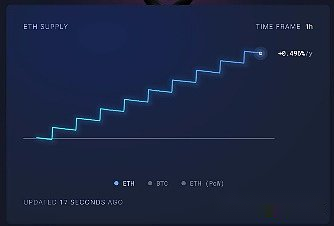
There are a lot of debates in the community about whether the issuance should change and how it can change, but Justin Drake mentioned the staking cap in his Beam Chain demo.The staking cap sets the maximum amount of staking ETH to provide a more predictable reward for validators, and there may be another goal to deflate ETH.
Upgrade 5: Smaller Validator
Currently, you need to buy 32 ETH to become a separate validator on Ethereum.At today’s price, it’s about $100,000.
Beam Chain recommends reducing it to 1 ETH, which will help address some centralized issues with liquid staking providers such as LIDO or Coinbase, which currently control nearly 40% of staking ETH:
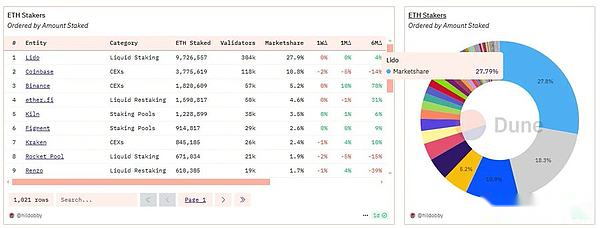
Users who want to run validator for rewards but do not have 32 ETH will benefit from this upgrade, and they are able to run the verification node with just 1 ETH.
The next upgrade (Pectra) will allow stakers to pledge more than 32 ETHs, up to 2048.This means that on Beam Chain, users will be able to stake 1-2048 ETH.
Justin mentioned the Orbit staking method, which depicts a system in which larger validators are selected more frequently and will often receive some small rewards, while smaller validators are selected less often, but receive rewards.Bigger.
Upgrade 6: Faster finality (such as 3 Slot FFG)
Currently, it will take about 15 minutes (64 slots) to finalize the transaction.
Single-Slot-Finality has been proposed as a way to reduce that time to 1 slot, but a newer proposal—3-Slot-Finality—may actually be faster because it goes hand in hand with the voting round.
This means a deal will be finalized in 36 seconds, not 15 minutes.This is especially important for services that rely on L1 final certainty, such as DeFi applications or cross-chain/interoperability protocols.
Upgrade 7: Chain Snarkification
Beam Chain wants the “snarkify” consensus layer (using ZK-SNARKs, a safe ZK proof).Justin Drake calls it “ZK Era (Zero Knowledge Age).
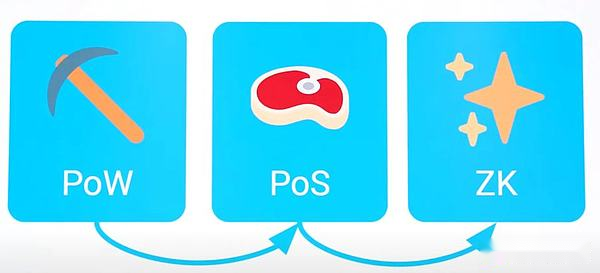
Specifically, Beam chain recommends using ZK-SNARKs to:
– Compile beam chain deployments in different languages into zkVM bytecode.
-Aggregate the signatures generated by the witness into ZK proof.
ELI5 here refers to the great progress of ZK technology in the past five years, and Ethereum hopes to deploy it natively in both the consensus layer and the execution layer.
Upgrade 8: Quantum Security
Today, quantum computers can crack some Ethereum, such as cracking your private key, or using Shor algorithms and other methods to forge signatures in transactions.
Quantum computers are likely to be available to people in the next decade; therefore, the Beam Chain proposal hopes to provide Ethereum security to the future post-quantum world by using hash signatures with post-quantum security.
Upgrade 9: Strong Randomness
Finally, the Beam Chain upgrade proposes a way to construct a source of randomness using a new primitive called VDF (Verifying Delay Function).
Justin Drake talked about this in 2018, and he said it could be used for:
Consensus layer—such as random selection of validators.
Application Layer – For example, disclose an opcode that can provide verifiable randomness.
This would not be possible today without third-party services such as Chainlink or Python VRF.
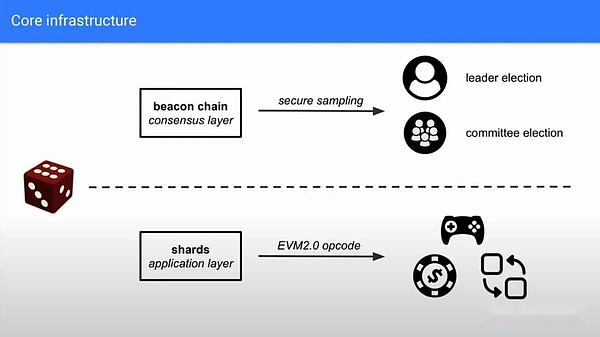
In addition to these 9 upgrades, the Beam Chain upgrade will also clean up most of its existing technical debt and unnecessary components, which will become redundant after the upgrade.
For example, faster slot finality may mean that epoch is not needed.

But some people think that the time span of Beam Chain is too long.However, Justin later clarified that Ethereum will continue to receive updates over the past five years.
The Beam chain fork will take five years, including continuous upgrades to Ethereum.
